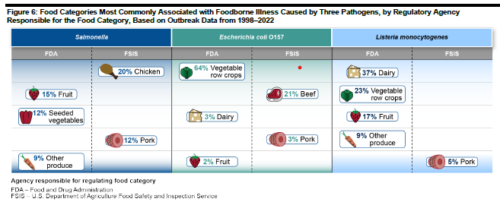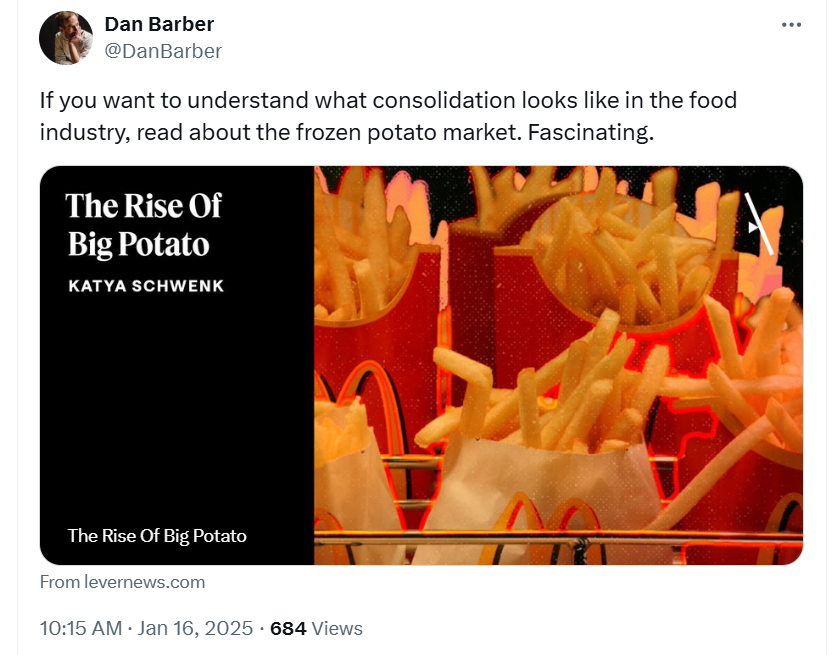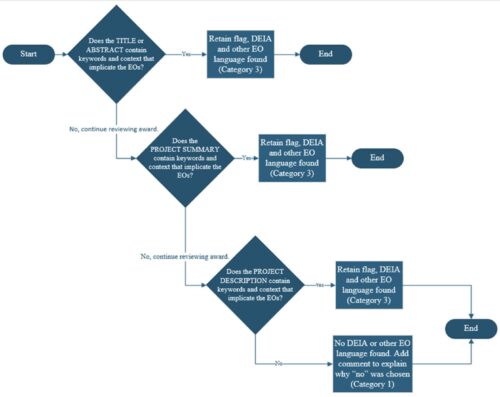The GAO on food safety: a problem that still needs solving
The Government Accountability Office (GAO) has issued: Food Safety: Status of Foodborne Illness in the U.S.
This one sounds much like GAO reports I’ve been reading since the early 1990s.
We have long reported that the fragmented nature of the federal food safety oversight system causes inconsistent oversight, ineffective coordination, and inefficient use of resources. Since 2007, we have identified federal oversight of food safety as a high-risk issue and made several recommendations and matters for congressional consideration. In 2017, we called for the Executive Office of the President to develop and implement a national strategy for overseeing food safety. As of January 2025, there were no plans to create a national strategy, according to officials from the Office of Management and Budget.
What’s impressive about this report is its comprehensiveness. If you want to understand why food safety in the U.S. remains a problem, this is the place to start.
Among other things, it’s got great graphics, like this one.

It makes several points, none for the first time.
Oversight of food safety is a mess; it needs consolidation.
At least 30 federal laws govern the safety and quality of the U.S. food supply, both domestic and imported. Collectively, 15 federal agencies administer these laws, including CDC, USDA’s Food Safety and Inspection Service (FSIS), and HHS’s Food and Drug Administration (FDA). The federal food safety oversight system is supplemented by states, localities, Tribes, and territories, which may have their own laws and agencies to address the safety and quality of food.
The division of oversight responsibility between USDA (meat and poultry) and FDA (everything else) makes no sense. It needs fixing.
Foodborne pathogens can be transmitted through multiple types of food and, therefore, can affect both FDA- and FSIS-regulated foods. For example, in 2024, two Salmonella outbreaks—one attributed to cucumbers, an FDA-regulated food, and one attributed to charcuterie meats, an FSIS-regulated food—collectively caused 650 confirmed illnesses and about 180 hospitalizations.
We keep trying and wish everyone would listen to us.
We previously reported on the need for a national strategy to guide federal efforts to address ongoing fragmentation and improve the federal food safety oversight system. This strategy could address our other previous matters for congressional consideration about a government-wide performance plan and sustained leadership for federal food safety. We maintain that such a strategy could create an opportunity to further strengthen federal oversight of the nation’s food supply and reduce the economic and public health effects of foodborne illness.
Food Safety News reports that the FDA says
the biggest stumbling block to conducting inspections of food facilities is understaffing…The annual target for FDA inspections is 19,200, according to the report. The most annual inspections of foreign food facilities occurred in 2019, with 1,727 inspections, or 9 percent of the annual target… in July 2024, FDA had a total of 432 investigators — 90 percent of the full-time equivalent ceiling — for conducting both domestic and foreign inspections, according to FDA officials.
Comment
The instructions to the MAHA Commission (see yesterday’s post) say nothing about food safety beyond its being a matter requiring fresh thinking. Food safety does not appear to be a MAHA priority, especially in light of the threatened mass firings of FDA staff. Reducing the number of FDA inspectors is unlikely to help at this point. I hope the Commission adds safe food to its agenda. The GAO has called for a single food safety agency for decades. This might be just the time to take that on. Fresh thinking indeed!




